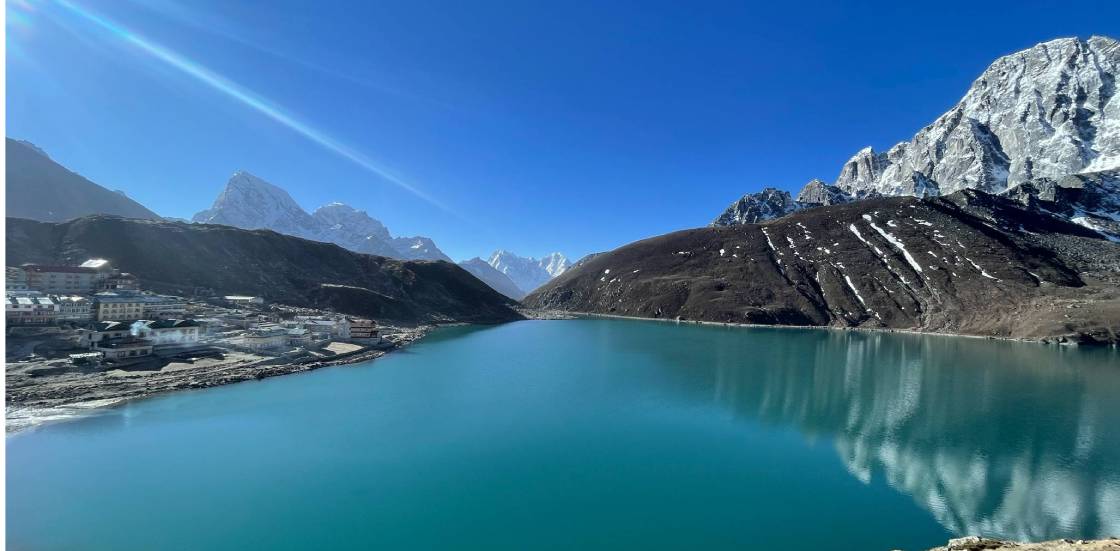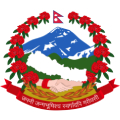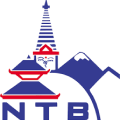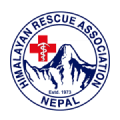EBC Classical trek
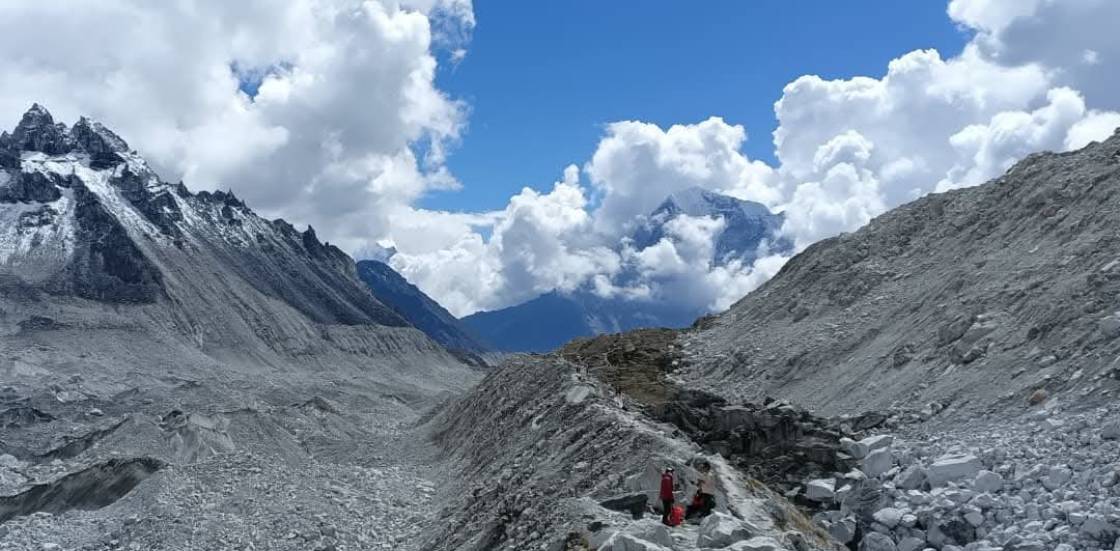
Trek Duration
21 days
Best time to go
Sep-Nov, Mar-May
Group Size
1-15 People
Max Trekking Altitude
5,545 meter
Accommodation
Teahouse
Trek Grade
moderate
Area
Everest Region
Hours of Walking
4-9 Hours per day
Start point - End point
Kathmandu
The EBC Classical trek is a classic and less crowded route to one of the most iconic trekking destinations in the world. Starting from Jiri, a small town in eastern Nepal, this trek offers an immersive experience of the Everest region’s natural beauty and rich culture. Trek from Jiri is a scenic and adventurous route that offers a more remote and authentic way to reach the base of Mount Everest. Unlike the more popular Lukla route, this trek starts from Jiri, a charming town located about 190 kilometers east of Kathmandu. After a scenic drive from Kathmandu to Jiri, trekkers begin their journey through lush green hills, terraced fields, and dense forests, gradually ascending into the heart of the Khumbu region.
This route offers trekkers the opportunity to experience the natural beauty of rural Nepal, passing through traditional villages like Shivalaya, Bhandar, and Namche Bazaar, where trekkers can interact with the local Sherpa people and witness their rich culture and way of life.It is an ideal option for trekkers looking to avoid the busy Lukla route while still reaching Everest Base Camp. The journey covers diverse landscapes, from lush green hills and terraced fields to alpine forests and rugged mountain terrain. After a scenic drive from Kathmandu to Jiri, trekkers begin the trek, passing through traditional Sherpa villages and dense forests. The route gradually ascends, offering magnificent views of surrounding peaks such as Makalu, Lhotse, and the mighty Everest itself. Unlike the more popular routes, this trek takes longer, typically 18-20 days, allowing for proper acclimatization. It gives trekkers a chance to immerse themselves in the daily life of the local people, visit ancient monasteries, and experience the rich culture of the region. The path eventually leads to Tengboche Monastery, where stunning views of Everest and Ama Dablam create unforgettable memories. After reaching Everest Base Camp, trekkers are rewarded with a sense of accomplishment and breathtaking views of the Khumbu Icefall and surrounding peaks. Finally, after several days of trekking, you reach Everest Base Camp, standing at 5,364 meters (17,598 feet), where the majesty of Mount Everest and the surrounding peaks overwhelms the senses.
Classic EBC Trek is perfect for those looking for a quieter and more authentic adventure to Everest. It offers a chance to experience the Everest region at a slower pace while enjoying incredible landscapes, culture, and the beauty of the Himalayas.
The Everest Base Camp Trek from Jiri offers a unique and rewarding adventure for those seeking a more tranquil and immersive experience in the Everest region. While longer and more challenging than the Lukla route, it allows trekkers to enjoy the beauty of Nepal’s landscapes at a slower pace, with ample time to acclimatize and appreciate the local Sherpa culture. The trek not only provides stunning views of the world’s tallest mountain, Mount Everest, but also reveals the hidden gems of rural Nepal, from traditional villages to ancient monasteries. Reaching Everest Base Camp after days of hard work and determination is an incredibly fulfilling achievement. For those looking to experience the Everest region in a more authentic and less crowded way, the Everest Base Camp Trek from Jiri is a journey of both physical challenge and cultural discovery, leaving trekkers with memories that will last a lifetime.
Itenary
Cost Include
- Airport pick up and transfer by private vehicle as per the itinerary
- Welcome & farewell dinner at Kathmandu
- 3 nights Hotel Accommodation in Kathmandu on twin sharing including breakfast
- Kathmandu city tour inclusive of transportation, & professional English Speaking City tour guide
- Land Transport Kathmandu-Bhandara
- Domestic flight fare for Lukla –Kathmandu incl. Airport tax
- Domestic flight fare for the trekking Guide for Lukla –Kathmandu incl. Airport tax
- Accommodation during the trek at Teahouse s/lodges on twin sharing
- Meals (Breakfast, Lunch, and Dinner) with Tea & coffee during the trek
- Safe drinking water during the trek
- Highly experienced (Government licensed holder) local trek leader and necessary Sherpa porters during the trek and there, food, accommodation, salary, equipment and insurance
- Trekking equipment (sleeping bag, down jacket & trekking pole) if require
- Village Development Fee
- Sagarmatha National Park entrance Permit fee
- Group First Aid medical kit
- Free use of Company’s duffel bag & trekking route map
- All applicable Government taxes including 13% VAT
Cost Exclude
- International airfare & applicable visa charge to Nepal
- Any meals (except breakfast, welcome & farewell dinner) in Kathmandu
- Emergency rescue by helicopter
- Medical & travel insurance
- Expenses of personal nature on laundry, phone call, and internet
- Personal clothes & their travel bag
- Bottled drinks (mineral water, and cold drinks & alcoholic drinks), hot shower
- Tips & Gratuities for trekking guide & porter (s)
FAQs
The Everest Base Camp (EBC) trek from Jiri is a classic and historically significant trekking route in Nepal that follows the original path taken by early Everest expeditions before the Lukla airport was built. Starting from the small town of Jiri, about an 8-hour drive from Kathmandu, this route adds several days to the standard EBC trek, offering a more gradual ascent and better acclimatization. Trekkers pass through traditional villages, lush forests, terraced farmlands, and scenic river valleys, experiencing the rich culture and hospitality of the local people, mainly from the Sherpa, Rai, and Tamang communities. The trail eventually joins the main Everest route at Namche Bazaar and continues on to Everest Base Camp and Kala Patthar. Though longer and more physically demanding, the Jiri to EBC trek is quieter and more immersive, ideal for those looking to experience the journey to Everest the way early mountaineers did.
Choosing the EBC trek from Jiri offers a more authentic, off-the-beaten-path experience compared to the standard route starting from Lukla. This longer trek allows for better acclimatization, reducing the risk of altitude sickness, as it gradually ascends through diverse landscapes and traditional villages. Along the way, trekkers experience the rich cultural heritage of various ethnic groups, especially the Sherpa, Tamang, and Rai people, while enjoying lush forests, terraced fields, and stunning mountain views. The trail is less crowded in the early stages, offering a peaceful and immersive journey. For those seeking a deeper connection with the region, a greater physical challenge, and a sense of adventure following the footsteps of early Everest climbers, the Jiri to Everest Base Camp trek is a rewarding and memorable choice.
The EBC trek from Jiri is considered moderately to highly difficult due to its longer duration, greater elevation gain, and continuous ups and downs through rugged terrain. Unlike the standard trek from Lukla, this route begins at a much lower altitude, meaning trekkers must first climb and descend many hills before even reaching Namche Bazaar, the main gateway to Everest. The trek typically takes around 22 to 24 days, requiring good physical fitness, stamina, and mental determination. While the gradual ascent helps with acclimatization, the extra days of trekking, variable weather, and basic facilities in remote areas can be physically and mentally demanding. This trek is ideal for experienced trekkers or those looking for a greater challenge and a more traditional Himalayan journey.
The Everest Base Camp trek from Jiri usually takes about 22 to 24 days to complete. This longer duration is because the trek starts at a much lower altitude in Jiri and follows the original, more gradual route to Everest Base Camp, allowing for better acclimatization along the way. The extra days are spent trekking through traditional villages, forests, and mountainous terrain before reaching the popular Everest region trails around Namche Bazaar. This extended timeline gives trekkers more time to adjust to the altitude, making the overall journey safer and more rewarding, especially for those who prefer a slower, more immersive experience.
On the Everest Base Camp trek from Jiri, you will reach altitudes as high as 5,364 meters (17,598 feet) at Everest Base Camp itself. Along the way, key high points include Namche Bazaar at about 3,440 meters (11,286 feet), Tengboche Monastery at around 3,860 meters (12,664 feet), and Kala Patthar, a popular viewpoint near Everest Base Camp, which stands at approximately 5,545 meters (18,192 feet). Since the trek starts at a much lower elevation in Jiri—around 1,900 meters (6,230 feet)—the journey involves a gradual but steady climb through diverse landscapes, helping trekkers acclimatize as they ascend to these high Himalayan altitudes.
During the Everest Base Camp trek from Jiri, you’ll find a variety of simple but hearty foods served in the tea houses along the trail. The staple meal is usually dal bhat — a traditional Nepali dish of steamed rice, lentil soup, and vegetable curry — which provides good energy for trekking. Other common options include noodles, fried rice, momos (Tibetan-style dumplings), soups, and sometimes pasta or eggs. Fresh vegetables and fruits can be limited in remote areas, so many meals rely on preserved or dried ingredients. Tea houses often serve hot beverages like Nepali milk tea, ginger tea, or butter tea to help warm you up. It’s a good idea to carry some energy bars or snacks for long trekking days, but overall, the food along the route is nutritious and filling enough to support your energy needs.
Yes, travel insurance is highly recommended—and often essential—for the Everest Base Camp trek from Jiri. Since the trek involves trekking at high altitudes (up to over 5,300 meters), in remote mountain areas with limited medical facilities, having insurance that covers high-altitude trekking, emergency medical treatment, and helicopter evacuation is very important. Accidents, altitude sickness, and unexpected weather conditions can happen, and travel insurance gives you peace of mind and financial protection in case of emergencies. Many trekking agencies in Nepal require proof of travel insurance before allowing you to start the trek.
The best time to do the Everest Base Camp trek from Jiri is during the pre-monsoon (spring) and post-monsoon (autumn) seasons, typically between March to May and late September to November. During these periods, the weather is generally clear and stable, offering spectacular views of the Himalayan peaks and pleasant temperatures for trekking. Spring brings blooming rhododendrons and warmer days, while autumn provides crisp air and vibrant skies. The monsoon season (June to early September) is usually avoided because heavy rains can cause slippery trails, landslides, and limited visibility. Winter months (December to February) are colder, with the possibility of snow and harsh conditions, making trekking more challenging. Choosing the spring or autumn windows ensures safer and more enjoyable trekking conditions on the longer Jiri route.
